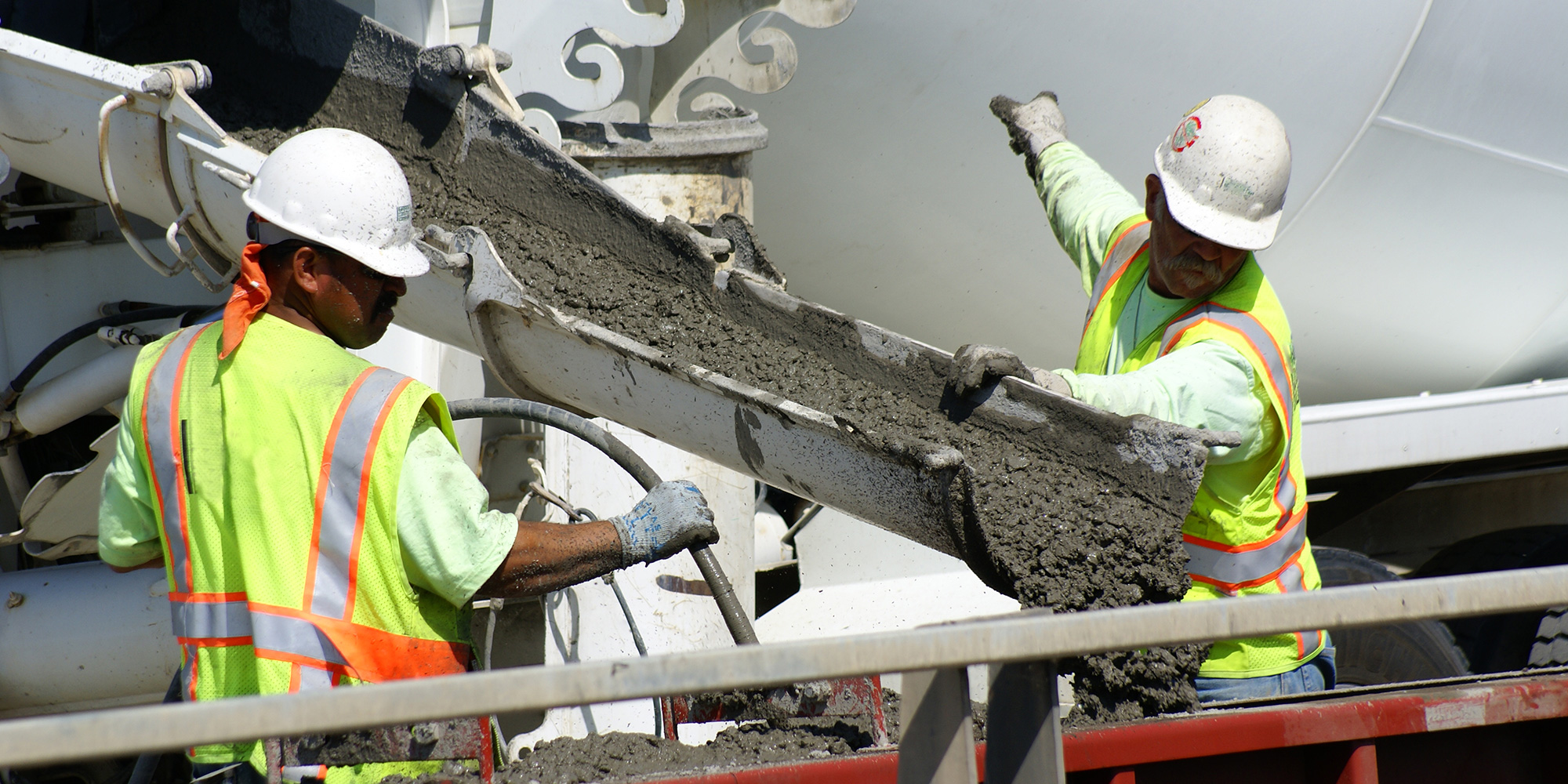Barriers to Indigenous Employment: Driver's Licences - #3 of 3
In our series on Barriers to Indigenous Employment, we looked at 8 basic barriers and then at 7 simple solutions. In this last part of the series we...
3 min read
Bob Joseph November 05, 2013

This is the second in a three-part series on Barriers to Indigenous Employment. In this article, we offer some solutions that employers could consider as part of their strategy to employ Indigenous workers. We will wrap up with an in-depth look at one of the fundamental barriers - the lack of a driver's license.
While employers may recognize that Indigenous workers can be valuable members of their organization, they may not have a full understanding of the barriers that prevent many Indigenous people from entering the workforce, or ideas on how they could remove or mitigate the barriers. We are certainly not suggesting that the private sector should take responsibility for overcoming all the barriers - we are simply offering some ideas and suggestions for consideration.
The first step is to contact the band or administration office, community and friendship centres, Indigenous employment agencies, and talk to them about the biggest barriers to employment in that particular community, and then work with them to determine a plan of action.
Barrier: High school and basic literacy skills are requirements for nearly all jobs. The graduation rate of Indigenous youth in Canada is 24% of 15 to 24-year-olds, compared with 84% in the non-native population. Many families harbour resentment and distrust of the education system in Canada due to the intergenerational effect of the residential school therefore many families don’t value or support education.
Solution: Work with the school to implement a mentoring program that encourages children to believe that an education is important - a message that is just as important in the earlier grades as it is in the later grades. If the internet is available, help the school set up a computer room for online learning or upgrading. Visit the school or community centre frequently and talk about the benefits of staying in school, and the opportunities that open up with a high school or equivalency certificate.
Barrier: Employers and co-workers may not understand or respect the unique cultural differences of Indigenous people which can create a worksite atmosphere of disrespect, resentment or distrust.
Solution: Every First Nation, Metis and Inuit community is distinct and unique. Invest the time to go into the community nearest your project or business to learn about that community’s culture, history, challenges and achievements. Invite Elders to visit your worksite to talk about their culture and beliefs. Ensure that every person in your organization, including those in head office, takes a cultural awareness course. Recognition and respect of cultural differences has to be systemic, and it has to be supported from on high to be sustainable and effective.
Barrier: This is one of the fundamental barriers to Indigenous people getting a job and remaining in the job. For example, there are a number of myths and misconceptions about Indigenous people and perceived special treatment that some non-Indigenous people still believe are truths.
Solution: Consider the provision of Indigenous Awareness Training for employees to help them understand the background of common myths and help employees overcome and avoid stereotypes.
Barrier: Poverty, broken families, racism, stereotypes, discrimination, and few role models all contribute to the potential for poor interviews from Indigenous candidates.
Solution: Be empathetic, creative and always positive in your outreach and interactions. Consider working with the local community employment people to offer a series of workshops on how to write a resume and cover letter, how to prepare for an interview, and hold a series of mock interviews and provide opportunities for practice.
Barrier: A real stumbling block in remote communities; just getting to the nearest office to write the initial test can be challenging; taking driver’s training is similarly a challenge as there may not be easily accessed training providers or, for that matter, a vehicle on which to learn.
Solution: Having a driver’s license is almost as critical to getting a job as having a Grade 12 or equivalency certificate. Consider offering free driver training lessons in the community; arrange the driver's exams and arrange transportation to the nearest testing station. Don’t let the students give up if they fail the first time - the boost to self-esteem that earning their Learner’s or New Driver's license is “priceless”.
Barrier: Few remote communities are serviced by public transit; automobile insurance is expensive and out of reach for many in pre-employment situations; again, owning a vehicle or having access to a vehicle is frequently not a reality.
Solution: Arrange a shuttle service that will pick up the workers at or close to their homes and take them back again at the end of the shift.
Barrier: Safe, affordable child care is a challenge for almost all working Canadians.
Solution: If the community does not have a child care facility, build one and hire a qualified child care worker, provide qualified child care on-site, or connect with a local, culturally aware child care provider to ensure there are spots available for the children of your employees.
Featured photo: Shutterstock

In our series on Barriers to Indigenous Employment, we looked at 8 basic barriers and then at 7 simple solutions. In this last part of the series we...

In this article, we look at the barriers - some tangible, some not - that maintain the status quo of exorbitant rates of unemployment amongst...

The right to vote is widely recognized as a fundamental human right in a democratic society and in Canada, every Canadian citizen has that right as...